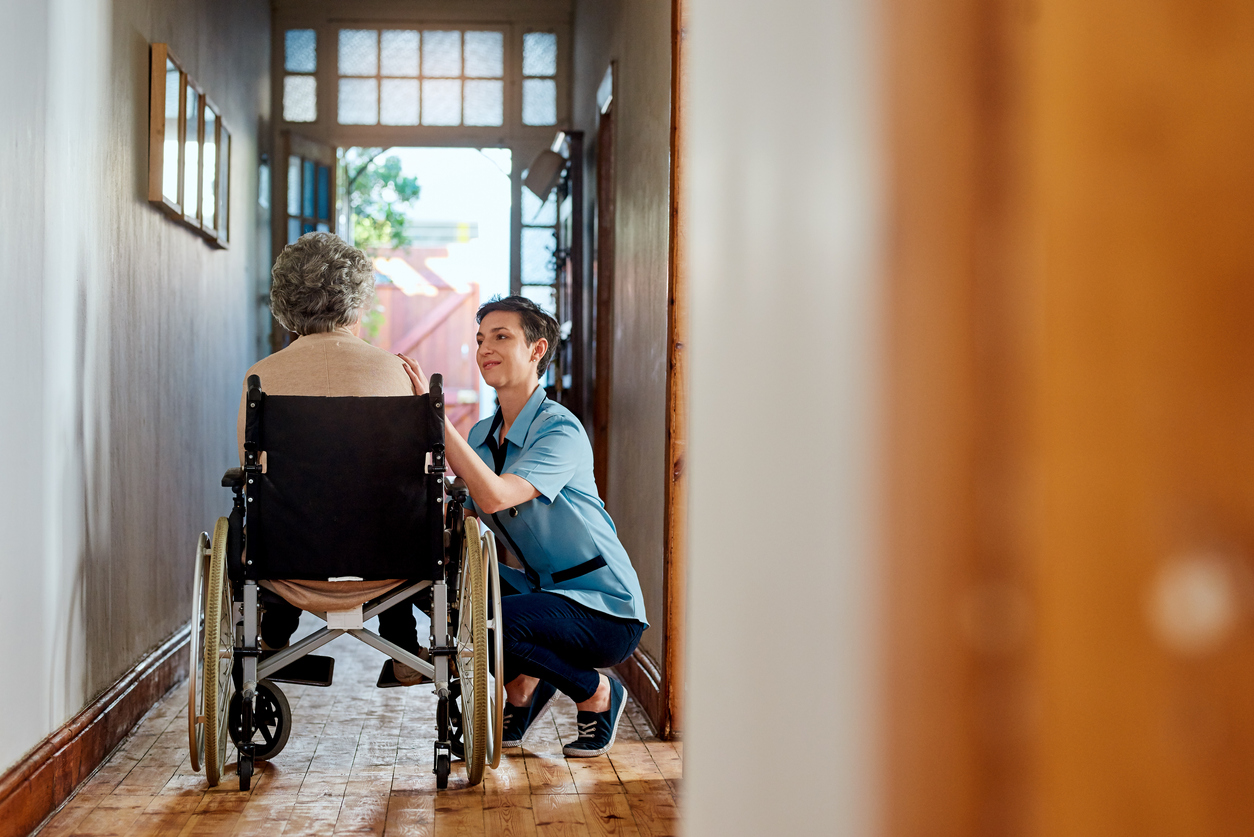The home health care industry is one of the fastest-growing sectors in healthcare. More and more seniors are opting for in-home care and support, favoring this option over traditional care facility residences like nursing homes. As the industry grows, home health care agencies are continually seeking ways of improving care delivery. These new strategies, coupled with insurance for home health care providers, are offering the sector a powerful set of tools with which to both manage risks and to improve patient outcomes. A strategy that is receiving new attention is that of social determinants of health, or SDoH. In this guide, we will explore the concept of SDoH and how it can help caregivers provide whole-person support for their clients.
What are Social Determinants of Health?
As we live, work, and age, there are many factors that can influence our quality of life, including those which can positively or negatively impact our health. Together, these factors are known as social determinants of health (SDoH), and may include social, physical, and economic components. Components that enhance one’s quality of life can have powerful and positive effects on overall health and wellness, while barriers may negatively affect wellness. SDoH includes such factors as:
- Access to healthcare services
- Transportation access and options
- Public safety resources and support
- Availability of resources for daily needs, including housing, food, and living environments
- Language and literacy
- Access to social opportunities
- Exposure to social factors like violence or crime
- Access to and quality of education and job resources
The healthcare industry has focused on SDoH as a groundbreaking new way of improving patient outcomes across sectors, but particularly in the aging population of the United States. For seniors in the home health care setting, access to information, transportation, and social opportunities serves to support wellness, and in several studies, has actually been shown to reduce hospital admission/readmission rates. In areas where barriers exist, such as poor access to healthcare or social services, seniors may experience significant declines in overall health.
Insights into Whole-Person Care
In January 2020, the U.S. Centers for Medicare & Medicaid Services (CMS) published a first-of-its-kind report on social determinants of health. In the report, CMS compiled data on individuals who were at risk of hazardous socioeconomic, physical, and psychological factors in their communities. Specifically, CMS researchers looked at “Z codes” in the ICD-10 medical diagnostic/billing tool. In the study that led to the report, researchers discovered that a significant percentage of claims related to “problems related to living alone”. These “problems” represent social determinants that are influencing health outcomes – factors like poor access to health services, transportation, or even healthy and nutritious foods.
Home health care agencies have embraced the CMS report, gaining an understanding into how outside forces can influence patient health and wellness. By turning focus to whole-person care, leading home health care providers can offer a broad range of services and support.
Just as insurance for home health care providers serves as a risk management tool for providers and their employing agencies, implementing programs that reduce or eliminate barriers to services can improve quality of life. Home health care agencies have adopted SDoH as a means of allowing seniors to age in place without unnecessary barriers or hazards. By carefully assessing community and individual needs, care delivery can be tailored to the unique socioeconomic circumstances of each client. Agencies may now offer services like:
- In-home hazard assessment and mitigation, making homes safer for aging residents.
- Transportation services to ease access to specialized healthcare or other needs.
- Improving access to healthy foods, reducing the food insecurity that plagues substantial portions of the senior population.
- Developing care plans, then following through on those plans to improve patient outcomes.
Further research into the role of SDoH is needed, particularly as it applies to seniors opting to remain at home rather than enrolling in nursing or assisted living facilities. So far, however, positive outcomes have been reported; seniors given better access to social, economic, and physical programs indicate a higher level of satisfaction with their caregivers. SDoH may hold the keys to improving quality of life for seniors, reducing hospital admission rates and reducing the impact of certain health conditions. Home health care agencies need to take a serious look at these factors as another risk management strategy that goes hand-in-hand with insurance for home health care providers.
About Caitlin Morgan
Caitlin Morgan specializes in insuring assisted living facilities and nursing homes and can assist you in providing insurance and risk management services for this niche market. Give us a call to learn more about our programs at 877.226.1027.


